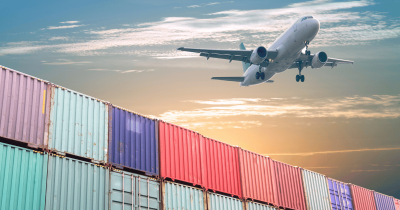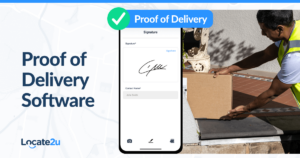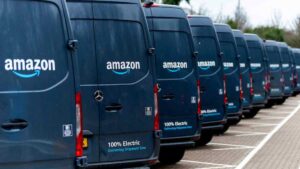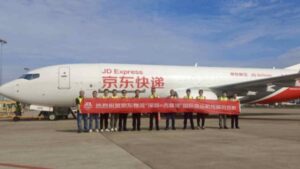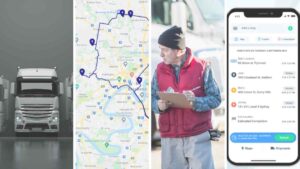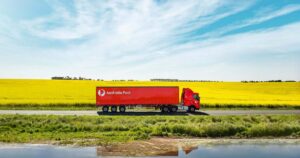Is the sky the limit when it comes to air freight’s impact on our climate? As global air freight volume reaches new heights, the rise in greenhouse gas emissions paints a troubling picture for climate action.
The recent Stand.earth Aviation Report sheds light on a stark reality – an industry at a crossroads between profitability and sustainability.
Air freight surge
Travel restrictions and supply chain disruptions during the COVID-19 pandemic accelerated shipping. Instead of returning to pre-pandemic levels, air freight continues to grow.
Five years later, air freighters are still “flying more planes, from more places, more often.”
In fact, air freight operators initiated more than 300,000 flights during 2023. This is an increase of 30% when compared to 2019. In addition, dedicated freighters added more than 750 more planes to their fleets.
The surge is being driven primarily by FedEx, UPS, and Amazon Air. These retail giants have, according to the report, “celebrated [this] new norm in the shipping industry.” But “their success comes at a dire cost.”
The climate culprits
Between the three biggest market shapers, they produce more than 27% of the air freight sector’s global carbon emissions, annually.
Amazon Air
The report makes this bold statement: “Amazon Air is an additional threat to climate progress and doubled its footprint year-over-year during the period 2019-2023.”
It adds that despite its green initiatives or Jeff Bezos’s ‘climate-focused’ charity, the company’s focus on “faster delivery makes air freight a requirement, and thus precludes climate pollution reductions.”
FedEx and UPS
Meanwhile, FedEx and UPS “are the largest polluters in the industry.”
Their share of carbon emissions makes up 24.7% of the industry’s 2023 emissions. This translates to 23.17 million metric tons CO2.
In 2019, In These Times published an in-depth analysis of greenwashing in large corporations. It cites FedEx’s ‘revolutionary’ hybrid truck initiative of 2000, but shows how a decade later, the company only added “a hundred electric and hybrid vehicles.”
Another decade on, and only 2% of FedEx’s ground fleet had been converted to electric vehicles. At the time, it was lagging behind UPS, which had more than 10,000 alternative fuel vehicles in its total fleet of 123,000, as of 2019.
Moreover, during the 2019-2023 period, UPS emissions from North America-originating flights increased by an average annual rate of 2%.
Climate change consequences
Stand.earth calls for improved transparency from industry leaders, specifically with regards to how these companies are meeting emissions targets, and how they are progressing on reaching the vital 2030 milestones.
Decarbonizing the air freight industry is also vital, albeit poses a “unique challenge because of the lack of low-carbon fuel alternatives.”
Some solutions include:
- Non-air shipping, such as marine shipping or rail.
- Electrification offers alternatives to fossil-based liquid fuels.
- Sustainable Aviation Fuel (SAF) from non-fossil based sources.
NOW READ: Tech giants unite to decarbonize supply chains
About the author
Cheryl has contributed to various international publications, with a fervor for data and technology. She explores the intersection of emerging tech trends with logistics, focusing on how digital innovations are reshaping industries on a global scale. When she's not dissecting the latest developments in AI-driven innovation and digital solutions, Cheryl can be found gaming, kickboxing, or navigating the novel niches of consumer gadgetry.

